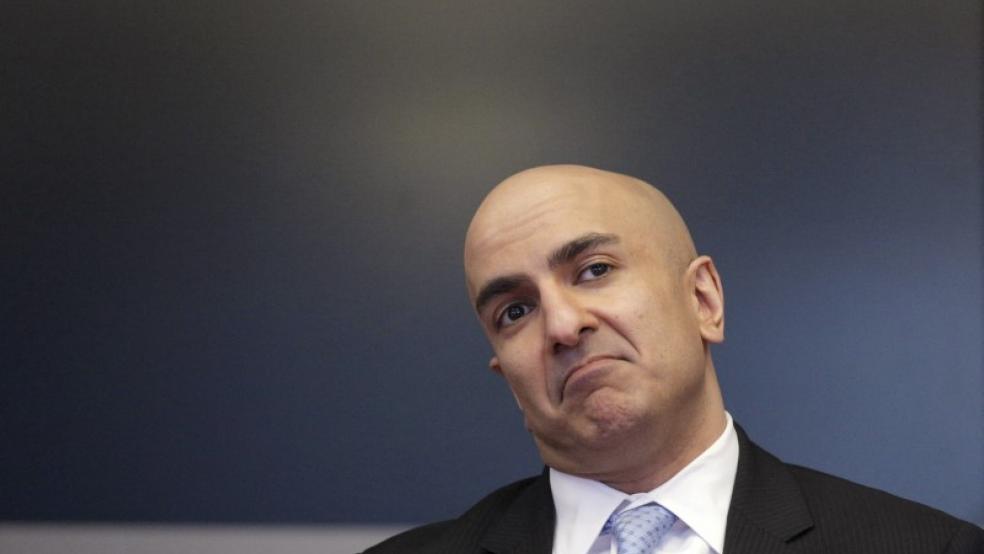WASHINGTON (Reuters) - The Federal Reserve downgraded its view of the U.S. labor market and economy on Wednesday in a policy statement that suggested the central bank may have to wait until at least the third quarter to begin raising interest rates.
The Fed's statement put in place a meeting-by-meeting approach on the timing of its first rate hike since June 2006, making such a decision solely dependent on incoming economic data.The data, however, have been getting worse. Just hours before the Fed's statement, the U.S. government reported that first-quarter gross domestic product came in much weaker than expected.The central bank acknowledged that growth had slowed in the winter months, a dimmer assessment of the economy than its view in March. And while it said the poor performance was in part due to transitory factors, it pointed to soft patches across the economy, in a sign it may have to hold off hiking rates until at least September."The committee anticipates that it will be appropriate to raise the target range for the federal funds rate when it has seen further improvement in the labor market and is reasonably confident that inflation will move back to its 2 percent objective over the medium-term," the Fed said in its statement, following a two-day meeting of its policy-setting committee.U.S. Treasury yields added to earlier gains and short-term interest-rate futures contracts dropped slightly after the Fed statement before paring the losses. Futures traders continue to bet the Fed will wait until December to raise rates, and give an October rate rise just a 46 percent chance, according to CME FedWatch.The Fed's guidance on Wednesday differed little from its last meeting. But unlike its March policy statement, this time the central bank did not effectively rule out hiking rates at its next meeting.That still makes a June move a possibility, though the data likely would have to sharply improve in the next two months for that to happen.The economy grew at an anemic 0.2 percent annual rate in the first quarter, the Commerce Department reported early on Wednesday, well below economists' expectations for 1.0 percent growth and the fourth quarter's 2.2 percent expansion.In its statement, the Fed said the pace of job gains had moderated, a downgrade of its view last month and a reflection of the poor March employment data. It also noted that the underutilization of labor resources was little changed - it had used the term "improved" in its March statement."On net it seems to be a little dovish given the weaker-than-expected activity we have seen," said Gennadiy Goldberg of TD Securities.The Fed's view of inflation changed only slightly, as it hinted at the recent stabilization of oil prices and a leveling off of the U.S. dollar by saying "inflation continued to run below" its longer-term objective. At its last meeting the Fed had described inflation as having "declined.""We all know the Fed would love to start normalizing rates, but the simple fact is, the data does not warrant that action right now," said Wayne Kaufman, chief market analyst at Phoenix Financial Services in New York.There were no dissents in the Fed's policy statement on Wednesday. (Reporting by Michael Flaherty; Additional reporting by New York markets team; Editing by David Chance and Paul Simao)Fed's downgrade of economic outlook signals later rates lift-off

Kevin Lamarque



